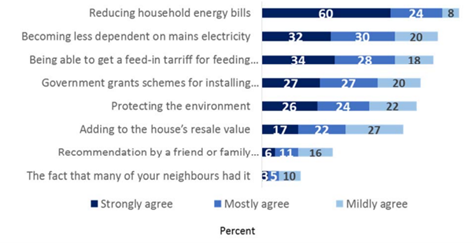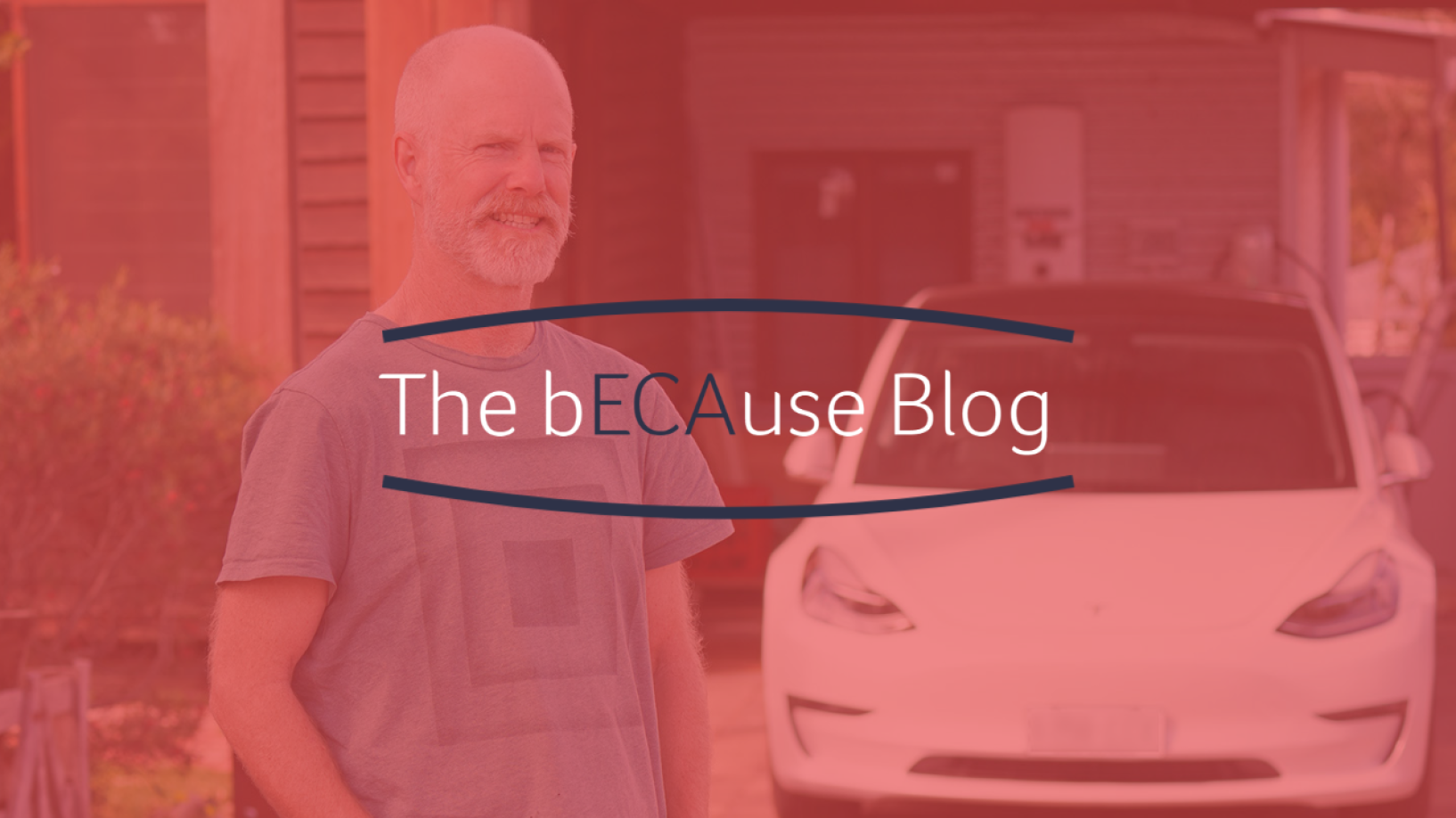To build a fit-for-purpose energy system of the future we first need to understand how consumers behave and what their values and preferences are. Elisabeth Ross, Research Consultant, works with us on our bi-annual Research projects and talks us through her work on the consumer focussed energy future.
The way in which consumers use electricity is changing. Reductions in the cost of technologies such as solar PV, improved energy efficiency of appliances and several years of price rises have enabled and motivated consumers to take control of their energy usage. The amount and pattern of energy consumption will continue to change as more consumers invest in technologies that both help them manage their bills and allow them to interact with energy markets in new ways.
The current reform agenda is focused on what changes are required to meet the challenges of a shift to a low emissions economy, and what this means for the energy sector. There is a particular focus on how to address the challenges of the high penetration of solar PV and electric vehicles, including how to control these technologies or incentivise certain consumer behaviours. However, these approaches will have limited efficacy without also understanding how consumers incorporate these technologies into their daily lives, and so how they might respond to those incentives.
At Energy Consumers Australia, we strongly believe that the electricity system must be built to serve end use consumers – the households and businesses that rely on electricity to heat and cool their homes and businesses, communicate with friends, family and customers, and power their devices and vehicles. We need to build a future electricity system that meets end users’ needs safely, securely and reliably and at the lowest possible cost. To do this requires understanding the way consumers use electricity, now and into the future.
Historically, understanding future demand was relatively simple. Energy demand more or less increased steadily in line with population and economic growth, subject to energy productivity improvements. The first big disruption to this assumption was the rapid uptake of air conditioners: peak demand grew by a higher rate than anticipated, consumer demand became less predictable, and aging networks struggled to meet increasingly peaky demand. The industry was caught unaware, and a period of significant network investment followed at a high cost to consumers, particularly in Queensland and New South Wales.
Similarly, uptake of solar PV was much higher than anticipated, and unexpectedly strong uptake continued even after government incentives reduced. This phenomenon demonstrates that not all trends can be understood through financial measures alone. Research conducted for Energy Consumers Australia in 2016 found that while the majority of customers installed solar PV primarily to reduce their household energy bills, independence from the grid and environmental reasons were also important factors.[1] Read the full report here. (PDF, 1.79MB)
Figure 1: Reasons for installing solar PV
How much have the following factors contributed to your decision to install a solar electricity system?

This is why we believe that understanding consumer values, social trends and behaviour is critical for planning an energy system that is fit-for-purpose for future needs and delivered at low cost to consumers. As both air conditioners and solar PV have indicated, technological disruption means that historical demand is not always a good indicator of future demand. Rather, as an industry we need to be asking questions about how Australian lifestyles, aspirations and energy use practices might change in the near and far future, and what this will mean for the electricity sector.
Energy Consumers Australia has partnered with Monash University, Ausgrid, AusNet Services and the Australian Research Council to explore some of these issues as they relate to digital technology in the Digital Energy Futures project. The research aims to understand how household practices are changing in relation to new and emerging intelligent and digital technologies across different consumer groups in the context of the electricity sector. A core output of this work will be a new industry-relevant forecasting model for tracking and anticipating peak electricity demand, and energy consumption more broadly, that incorporates insights from future-oriented social science research.
Following fieldwork conducted this year, the research has already shown that unanticipated events, like the 2019/20 bushfires and COVID-19, can have unexpected and ongoing impacts on consumer behaviour. For example, households are increasingly purchasing air purifiers as a result of the bushfires, and they are continuing to use them despite the outdoor air quality returning to normal levels. As the research team notes in a recent article; "This example shows how unanticipated events can have quite sudden impacts on energy use and can persist in ways that may differ from industry expectations." Further analysis and insights will be released in a Futures Insight report in May 2021.
Making decisions today to invest in long lived assets requires having an eye to the future decisions likely to be made by those that use the energy system: households and businesses. An energy system transition that is grounded in a comprehensive understanding of consumer choices and values will deliver a lower cost, better utilised system and this is the goal we are working towards.
As we embark on this transition, we recognise the risk that vulnerable consumers could get left behind. Not all consumers can afford the capital outlay for behind-the-meter generation, new appliances, or household energy management tools. An upcoming bECAuse blog will discuss how Energy Consumers Australia will work to ensure that markets and mechanisms are designed in way that allows all consumers to benefit from improved services and lower costs in the energy market transformation.
[1] KPMG, Residential PV: Customer experiences and future developments, December 2016, p38.
